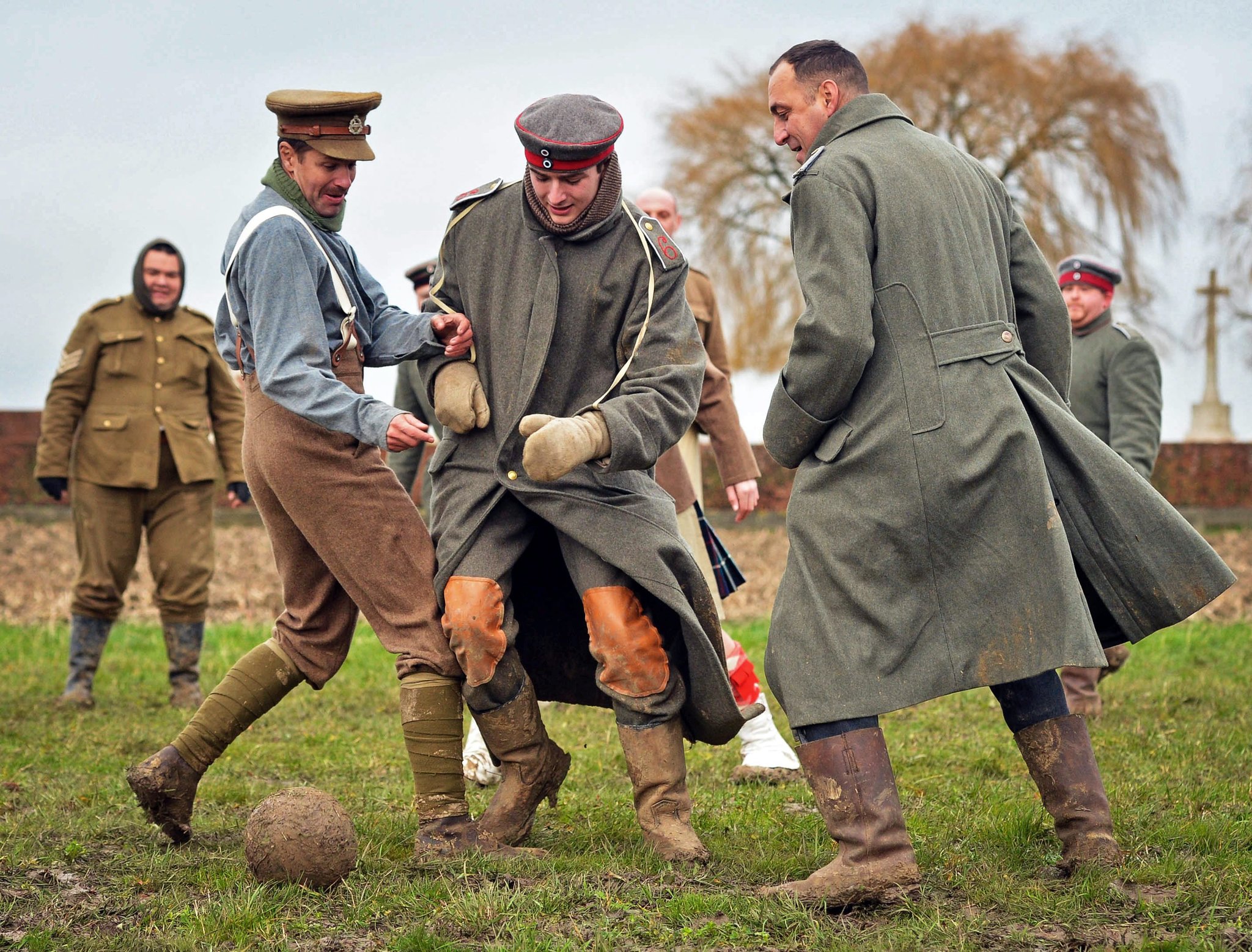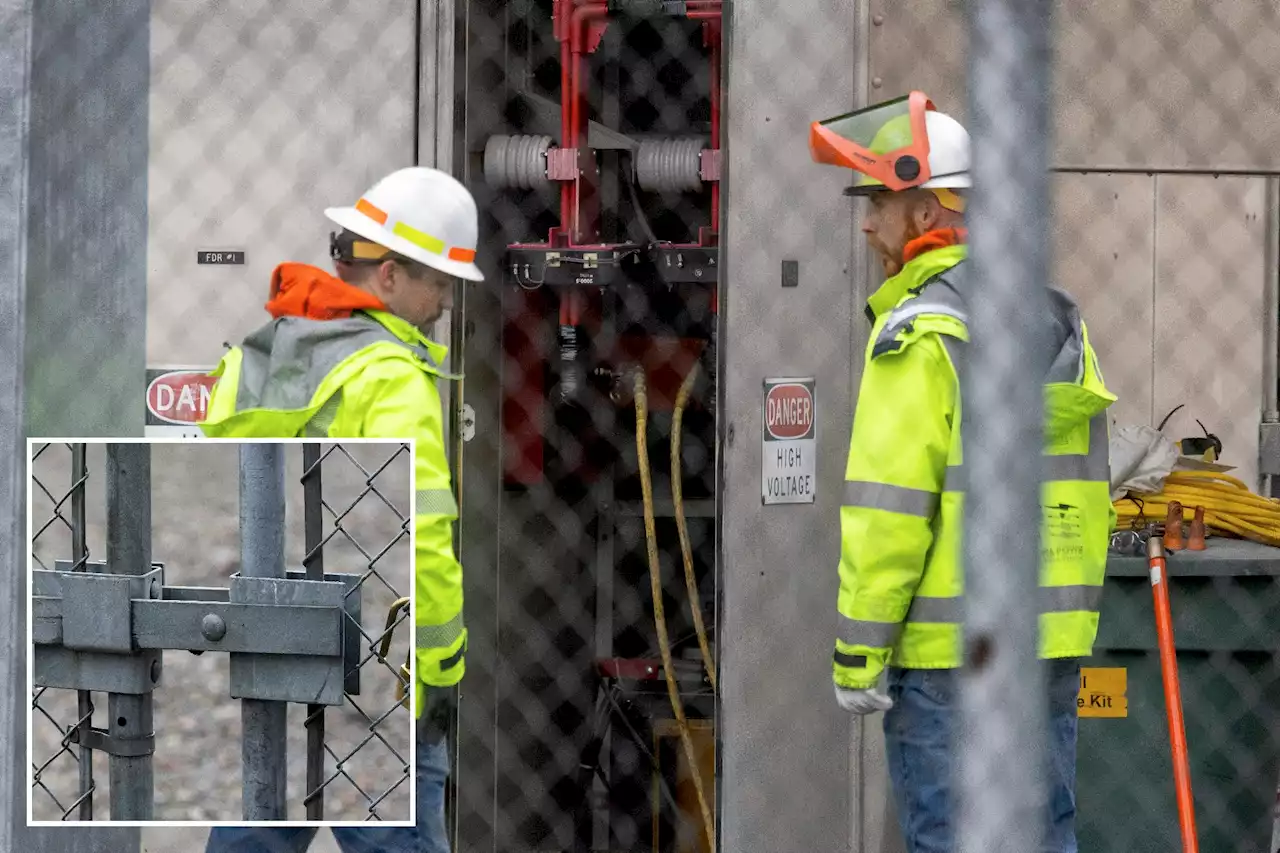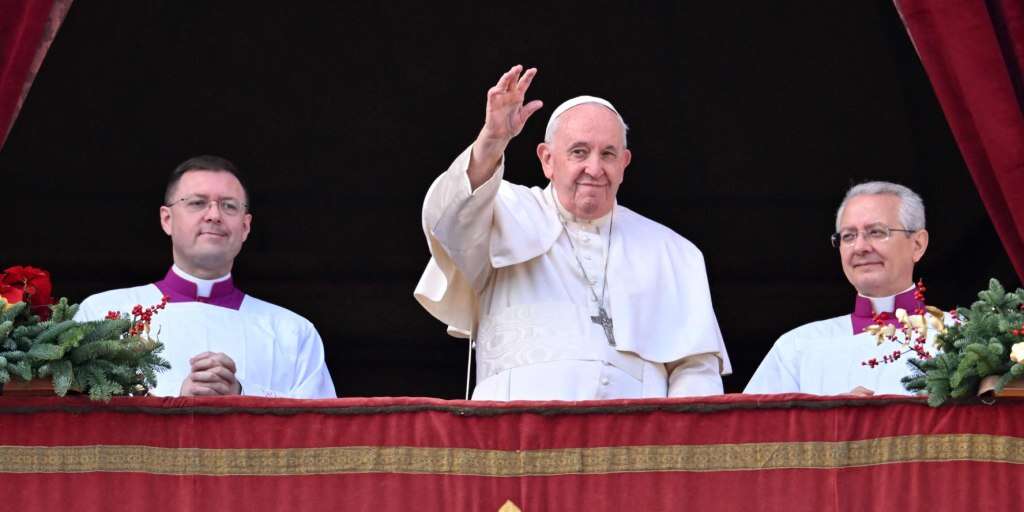 The 1914 Christmas Eve is highly remembered and recorded as one of the strangest events to happen during a war. During the First World War, the French and British allied forces came together to bring an end to the ongoing war they had with the Germans.
The 1914 Christmas Eve is highly remembered and recorded as one of the strangest events to happen during a war. During the First World War, the French and British allied forces came together to bring an end to the ongoing war they had with the Germans.
During the late hours of Christmas Eve, the German troops next to the British expeditionary forces were heard singing carols and hymns. They soon began shouting well-meaning messages across to each other and the following day, the British and German soldiers met in a no man’s land where they exchanged gifts, and took photographs together. While some played soccer together, they helped each other bury their casualties and also repaired their trenches and bunkers. However, by Boxing Day, the truce came to an end and they went back to their camps.
The truce did not occur everywhere along the Western Front as the fighting was still ongoing in some areas however there were no casualties occurred on Christmas Day. While some officers were happy about the truce, there were others who were bothered and felt the truce would create a soft spot during the battle which was not needed then and after 1914, the various commanders at their posts tried to prevent the truce from occurring the coming year.
In spite of this, there were reports of soldiers who held truce during the war and not only during the Christmas period. This was called the ‘Live and Let Live’ system, the warring factions sometimes came to an agreement on a ceasefire to enable them to repair their bunker and also bury their dead.
Barely six months after the battle had begun, peace treaties were to enable the warring nations to re-strategise as the quiet breaks were observed. During the week before 25 December, French, German and British soldiers crossed bunkers to exchange seasonal greetings and converse with each other. Sometimes, men from the warring factions strode into the man’s land on Christmas Eve and Christmas Day to mix and exchange food and gifts.
They also conducted joint burial ceremonies and had exchange deals, while most of the meetings ended in carol-singing; some men played games of football with one another, creating one of the most memorable images of the truce.
However, due to strong orders from the commanders, ending truces, the soldiers were no longer responsive to ceasefires by 1916. The battle had grown extremely bitter after the casualties suffered during the battles of 1915.




